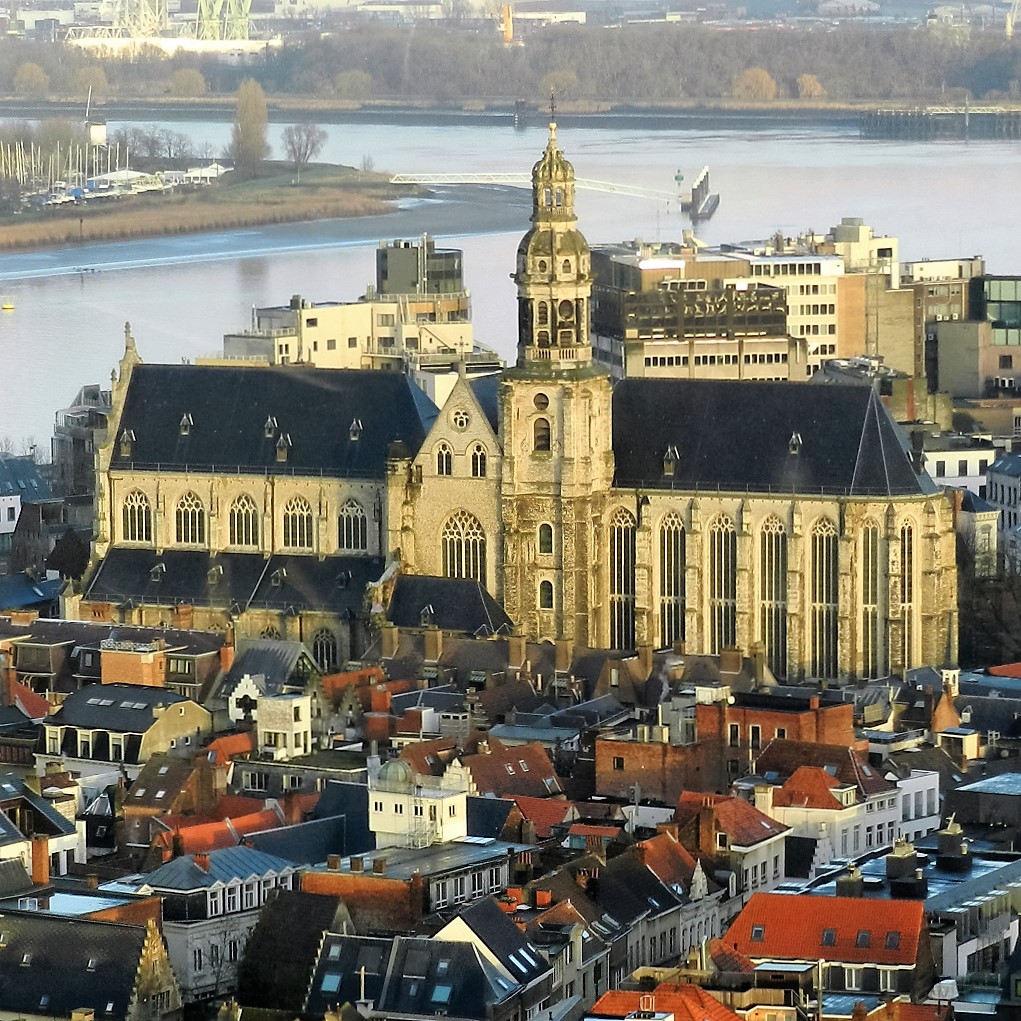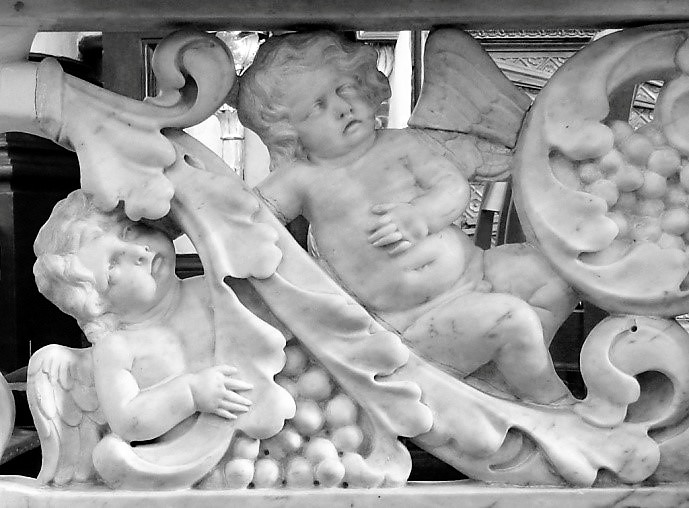Saint Paul’s, the Antwerp Dominican church, a revelation
The Chapel
A small church that is not a parish church. It may be part of a larger entity such as a hospital, school, or an alms-house, or it may stand alone.
An enclosed part of a church with its own altar.
of the Holy SacramentIn Christianity, this is a sacred act in which God comes to man. Sacraments mark important moments in human life. In the Catholic Church, there are seven sacraments: baptism, confession, Eucharist, confirmation, anointing of the sick, marriage and ordination.
and of the Sweet Name of Jesus
The CommunionThe consumption of consecrated bread and wine. Usually this is limited to eating the consecrated host. rail(s)
(Sebastiaan de Neve, 1655-1657)
So as to ensure the hostA portion of bread made of unleavened wheat flour that, according to Roman Catholic belief, becomes the body of Christ during the Eucharist. was received with more respect the CouncilA large meeting of ecclesiastical office holders, mainly bishops, presided by the pope, to make decisions concerning faith, church customs, etc. A council is usually named after the place where it was held. Examples: the Council of Trent [1645-1653] and the Second Vatican Council [1962-1965], which is also the last council for the time being. of Trent introduced a new piece of furniture: the communion rails.
While he was still busy with the crowning of Our Lady’s altarThe altar is the central piece of furniture used in the Eucharist. Originally, an altar used to be a sacrificial table. This fits in with the theological view that Jesus sacrificed himself, through his death on the cross, to redeem mankind, as symbolically depicted in the painting “The Adoration of the Lamb” by the Van Eyck brothers. In modern times the altar is often described as “the table of the Lord”. Here the altar refers to the table at which Jesus and his disciples were seated at the institution of the Eucharist during the Last Supper. Just as Jesus and his disciples did then, the priest and the faithful gather around this table with bread and wine., in 1655-1657 Sebastiaan de Neve also worked at the marble communion rails, which covered the entire width of the transepts. In this way the four altars in the transepts were fenced off in one go. When the choirIn a church with a cruciform floor plan, the part of the church that lies on the side of the nave opposite to the transept. The main altar is in the choir. screen was pulled down in 1833 the central compartments were put more aside.
The leitmotiv of the pierced marble reliefs consists of a sturdy fanning trail sowing fruits, among which child angels are frolicking. The motifs were adapted to the altar in front of which the panel in question was originally (or still is) positioned. In front of the altar of Our Lady of the Holy Rosary the trail has been decorated with a bunch of roses; with the altar of the Holy Cross the instruments of the passion fitted; with the altar of the Holy Sacrament the usual vegetal symbols of the sacrament of the Eucharist can be found: child angels picking bunches of grapes, and cornstalks, which at least once are clearly associated with the final product, the hosts.
In the central naveThe space between the two central series of pillars of the nave., in front of the then altar of the founder of the order Dominic, which is now in a space next to the Southern transeptThe transept forms, as it were, the crossbeam of the cruciform floor plan. The transept consists of two semi transepts, each of which protrudes from the nave on the left and right., the founder has been evoked by his fixed attribute: the legendary (here quite funny) dog with the torch and the globe. It is remarkable how variedly the angels are praying; are these some of the nine praying positions attributed to SaintThis is a title that the Church bestows on a deceased person who has lived a particularly righteous and faithful life. In the Roman Catholic and Orthodox Church, saints may be venerated (not worshipped). Several saints are also martyrs. Dominic? At both extremes there is Intercession, or Supplication.
A peculiar variant is the angel supporting the arm of one of his colleagues and this way alluding to Moses, because “As long as Moses kept his hands raised up, Israel had the better of the fight, but when he let his hands rest, Amalek (the enemy) had the better of the fight. Moses’ hands, however, grew tired; so they put a rock in place for him to sit on. Meanwhile Aaron and Hur supported his hands, one on one side and one on the other, so that his hands remained steady till sunset. “ (Ex. 17:11-12). This is symbolic of the mediating prayer for the Church Militant, in other words for Christians in their struggle against their weaknesses and for their virtuousness.
The humbly kneeling angels ‘stand’ for Adoration. The angel carrying a lily in the right panel personifies Chastity one of the three religious vows.


